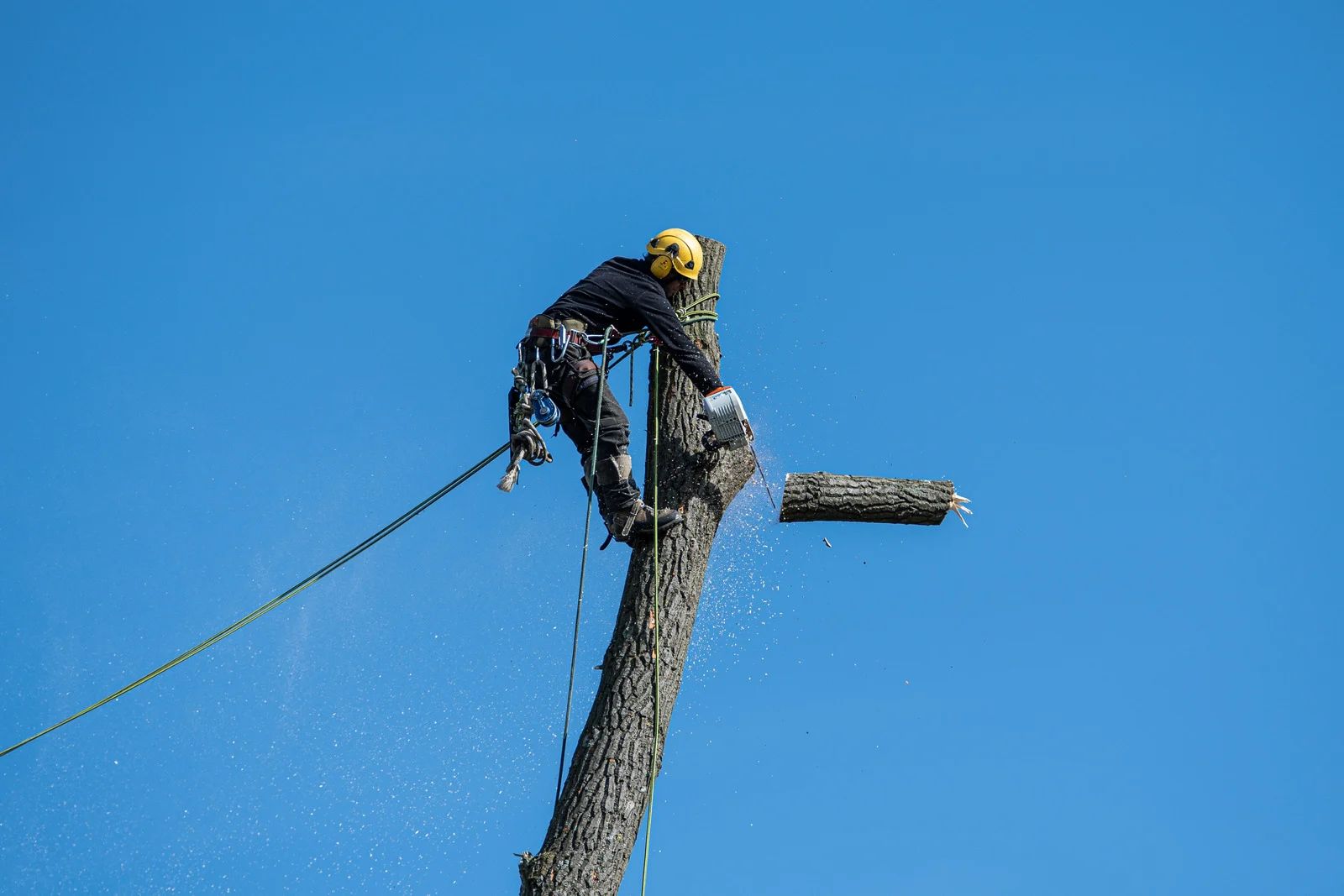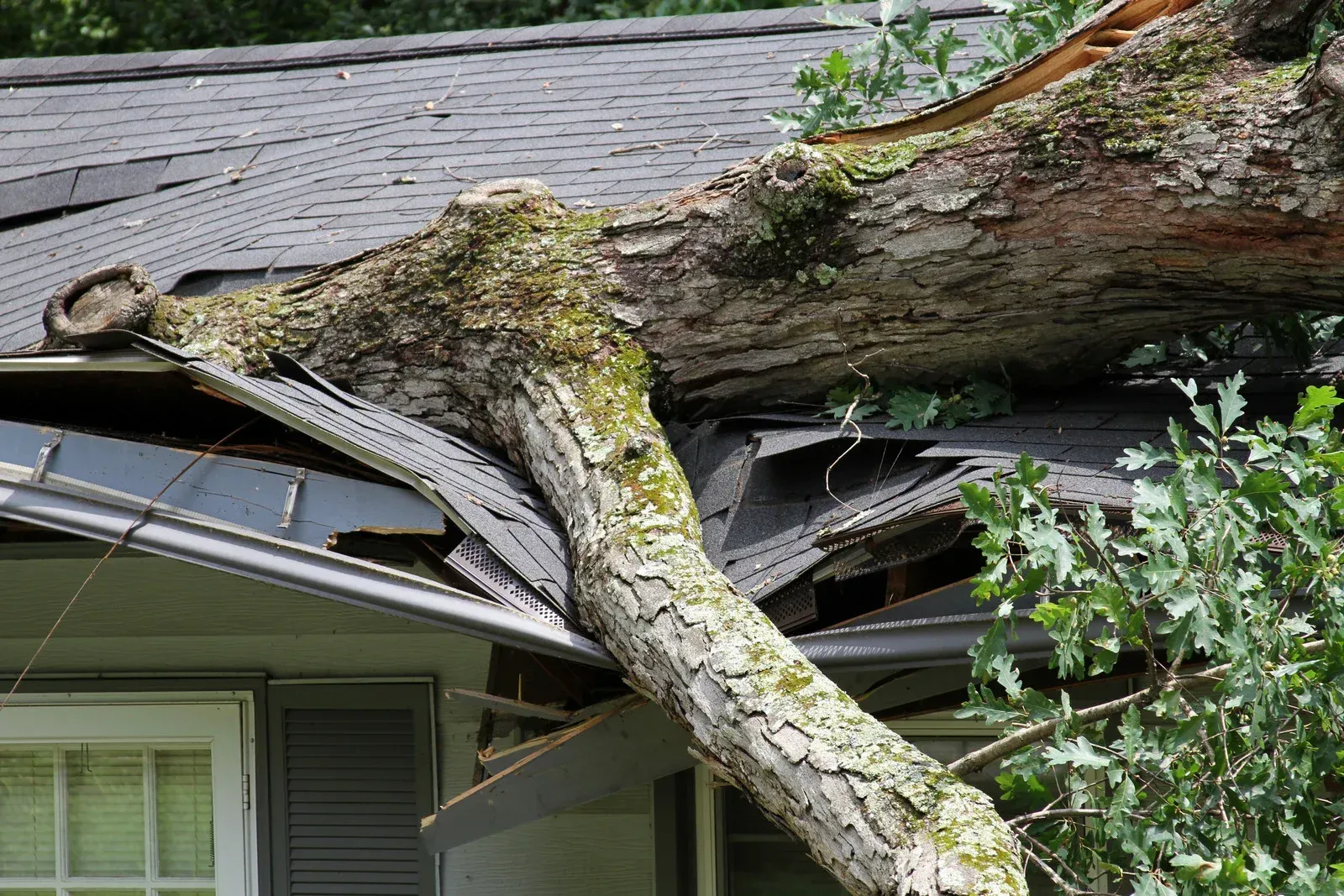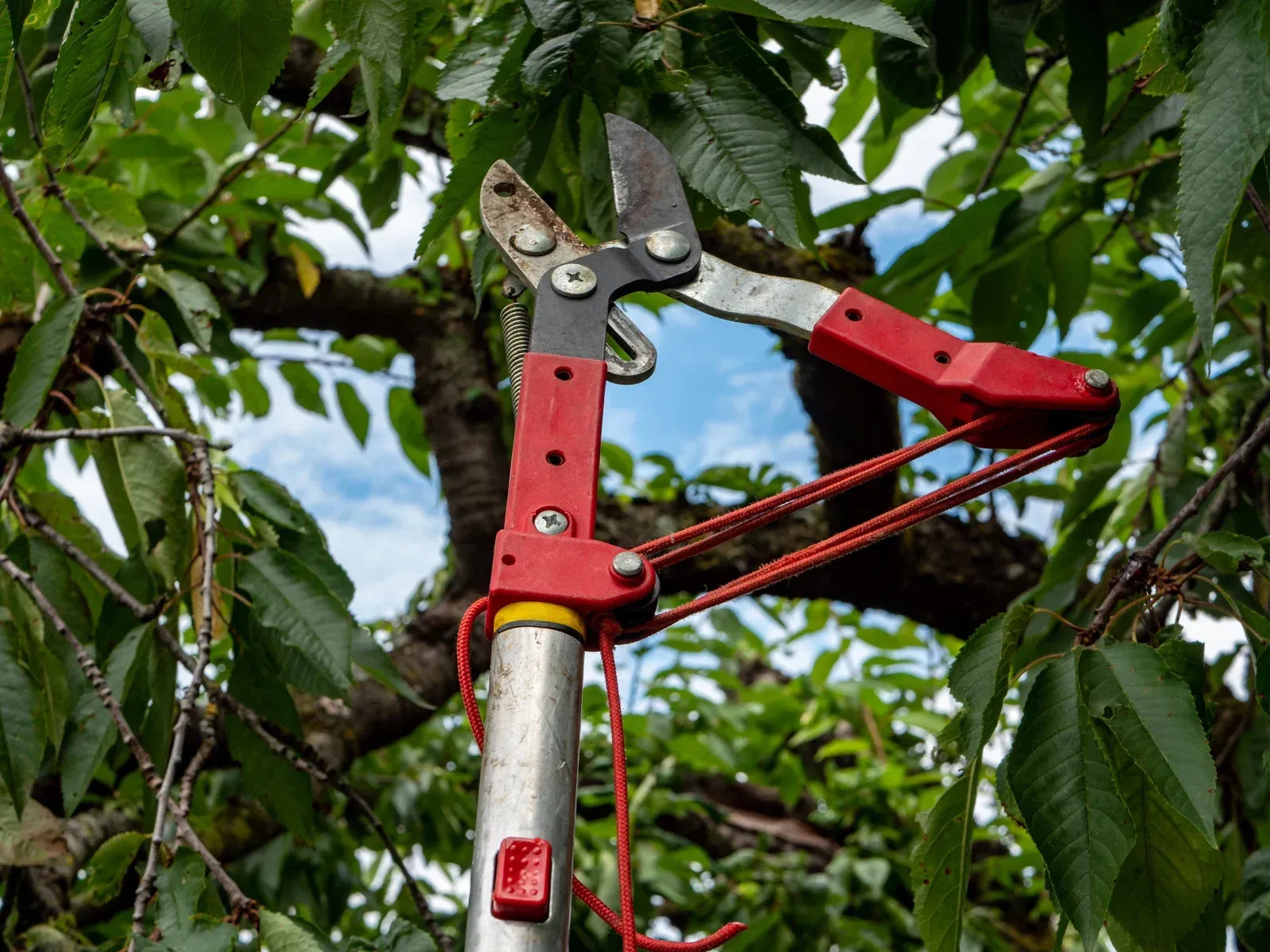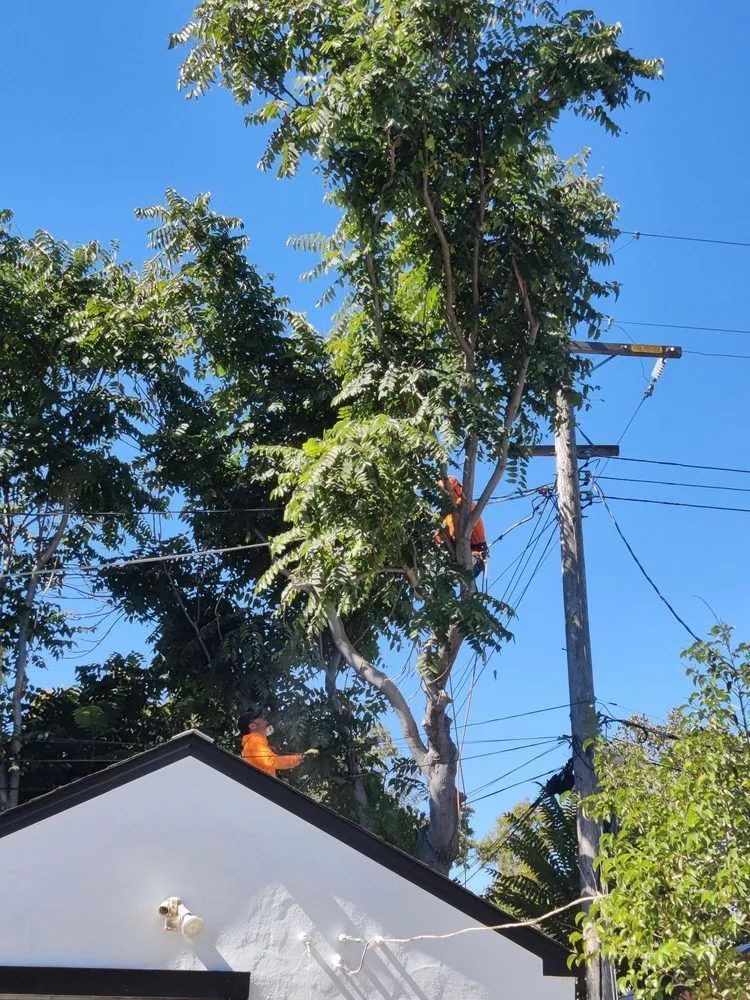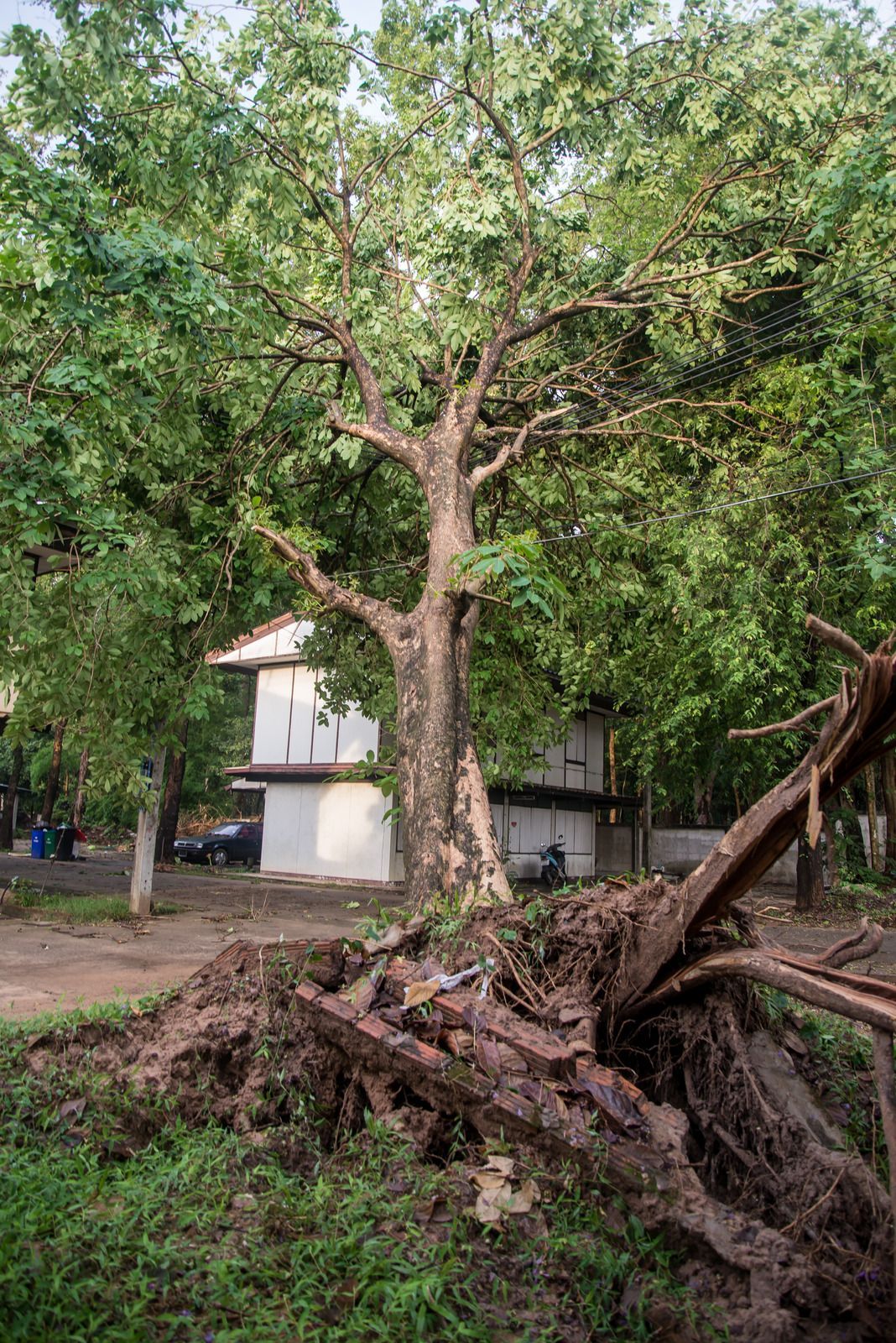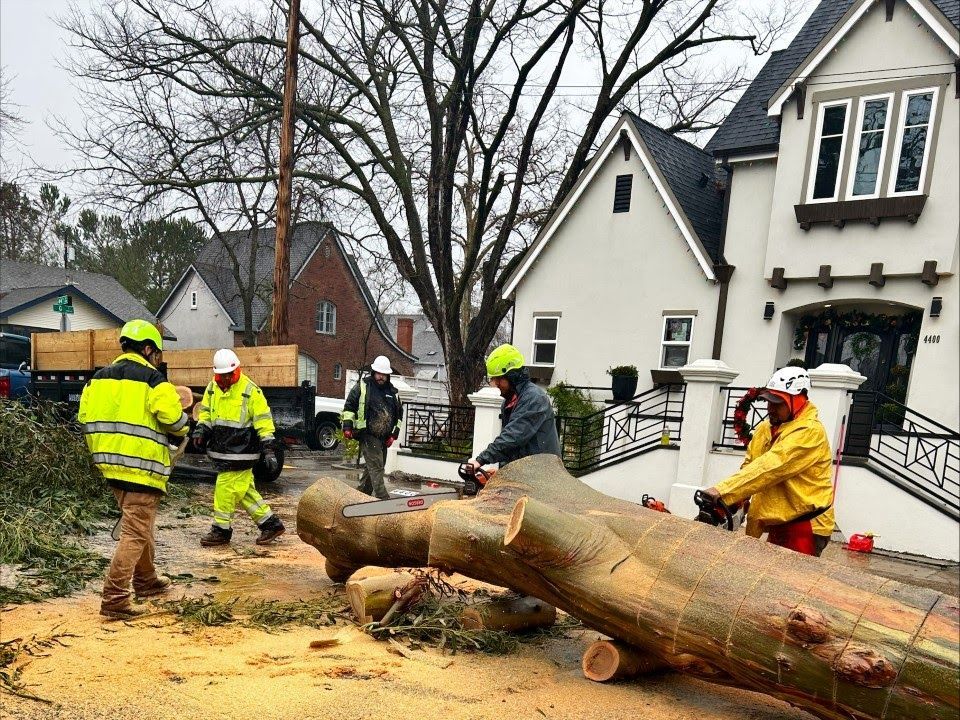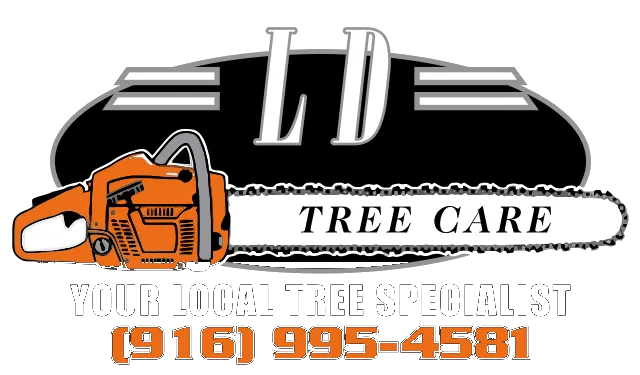Signs Your Tree Might Be Diseased or Dying
Trees are an essential part of our environment, providing shade, beauty, and a habitat for wildlife. However, like any living organism, trees can experience health issues, some of which can lead to their decline or death. Identifying the signs of a diseased or dying tree early can help you take appropriate action to protect your property and the trees themselves. Here are some common indicators that your tree may not be in the best of health.
1. Discolored or Wilting Leaves
One of the first signs that a tree may be diseased is when its leaves begin to change color prematurely or wilt. Healthy trees produce vibrant green leaves during the growing season, but when trees are stressed or infected, the leaves can turn yellow, brown, or fall off early. Wilting leaves or curling edges can also indicate that the tree is not getting enough water or nutrients due to disease.
2. Visible Fungi or Mushrooms
If you spot mushrooms or fungi growing on the trunk, branches, or roots of a tree, this is a clear sign of decay. Fungi thrive on decaying organic matter, and their presence often indicates that the tree's wood is infected with a pathogen. While some fungi are harmless, others can weaken the tree’s structure, making it more susceptible to breakage.
3. Cracked or Swollen Bark
Bark that is cracking, peeling, or swelling can point to a tree in distress. If you notice areas of bark that are oozing sap or showing large cracks, it could be due to a bacterial or fungal infection. In some cases, this can also be a sign of a canker disease, which can lead to the death of branches and even the whole tree.
4. Excessive Leaf Drop
It’s natural for trees to shed leaves in the fall, but if your tree is dropping leaves all year round, it may be a sign of a health problem. When a tree is stressed by disease, it often sheds its leaves in an effort to conserve energy. This can lead to a thinning canopy, which is a clear indicator of a tree in distress.
5. Dead Branches or Limbs
Dead or dying branches are often the most obvious signs of a struggling tree. These branches may appear dry, brittle, and devoid of leaves or flowers. While some dead branches are a natural part of a tree’s growth cycle, an increase in dead branches could signal that the tree is diseased or dying.
6. Weakened or Leaning Trunk
If you notice that your tree’s trunk is leaning more than usual or showing signs of weakness, it’s time to assess the tree’s health. A leaning trunk can indicate that the tree’s root system is compromised, often due to disease, poor soil conditions, or damage. The tree may be at risk of falling, especially during strong winds or storms.
Take Action to Protect Your Trees
If you've noticed any signs in your trees, act quickly. Diseased or dying trees threaten other plants and can become safety hazards if untreated. At LD Tree Care, we’ve served the Sacramento, CA area for over 15
years, offering expert tree care, disease diagnosis, and management services. Whether you need tree removal, pruning, or a health assessment, our professionals ensure your trees’ safety and longevity. Don’t wait—contact us today for a consultation.
